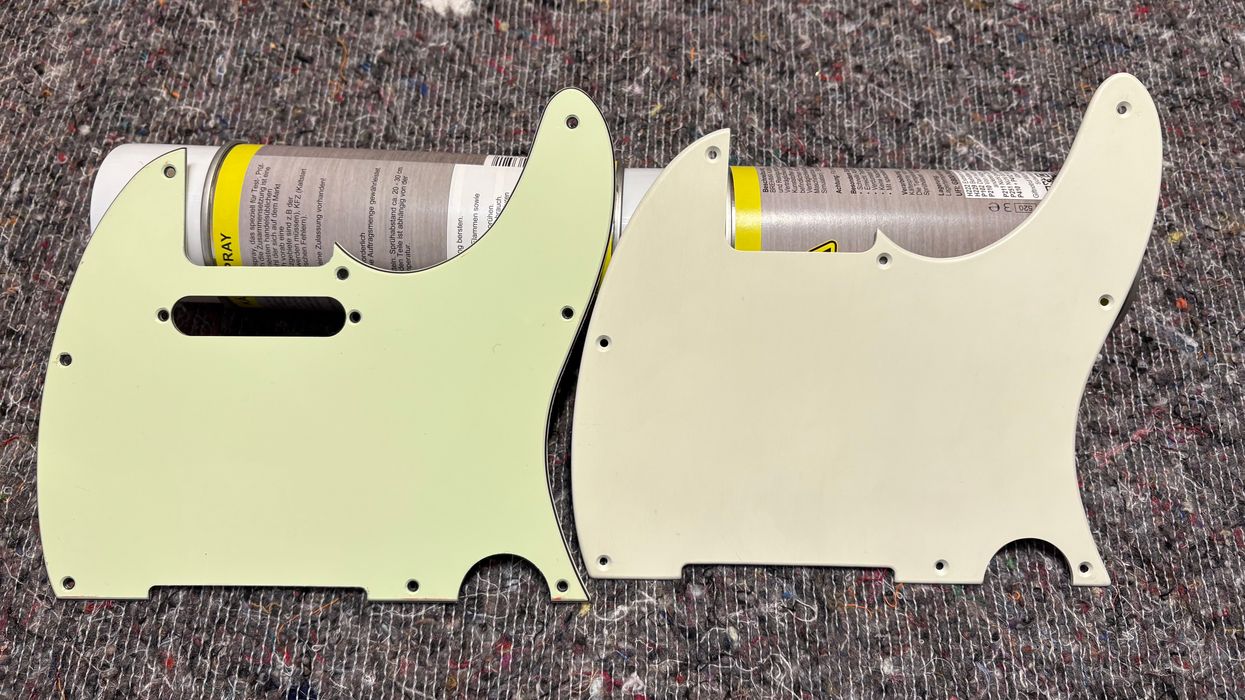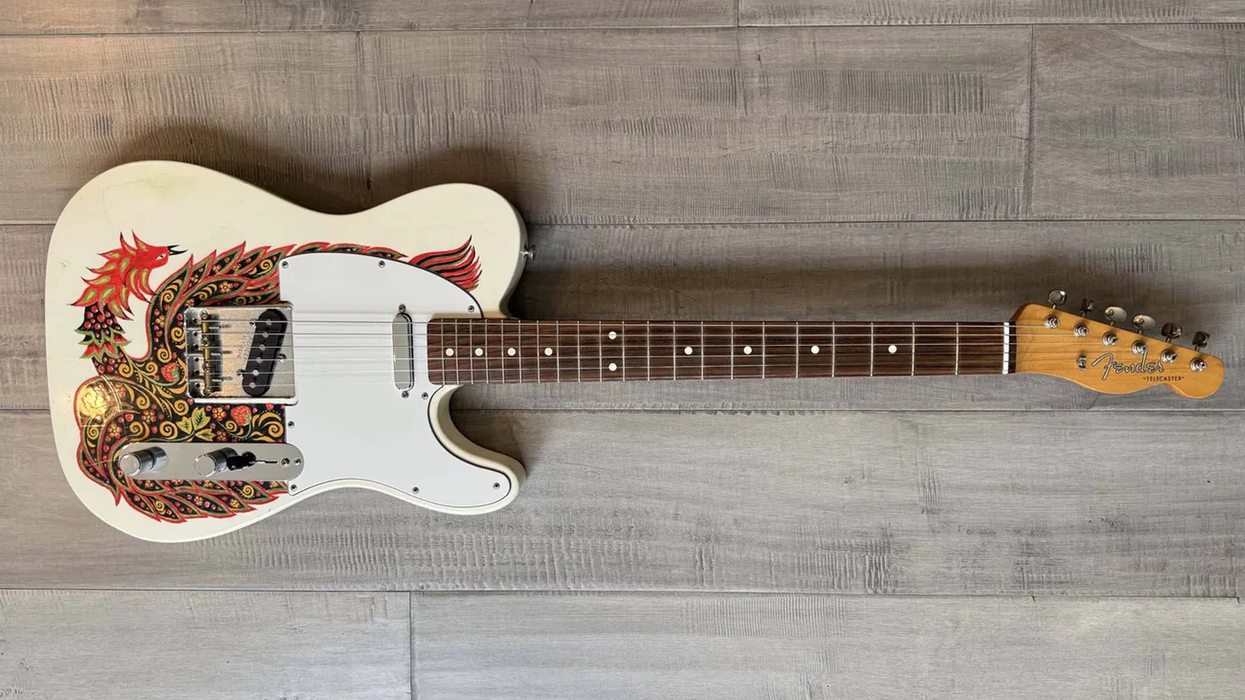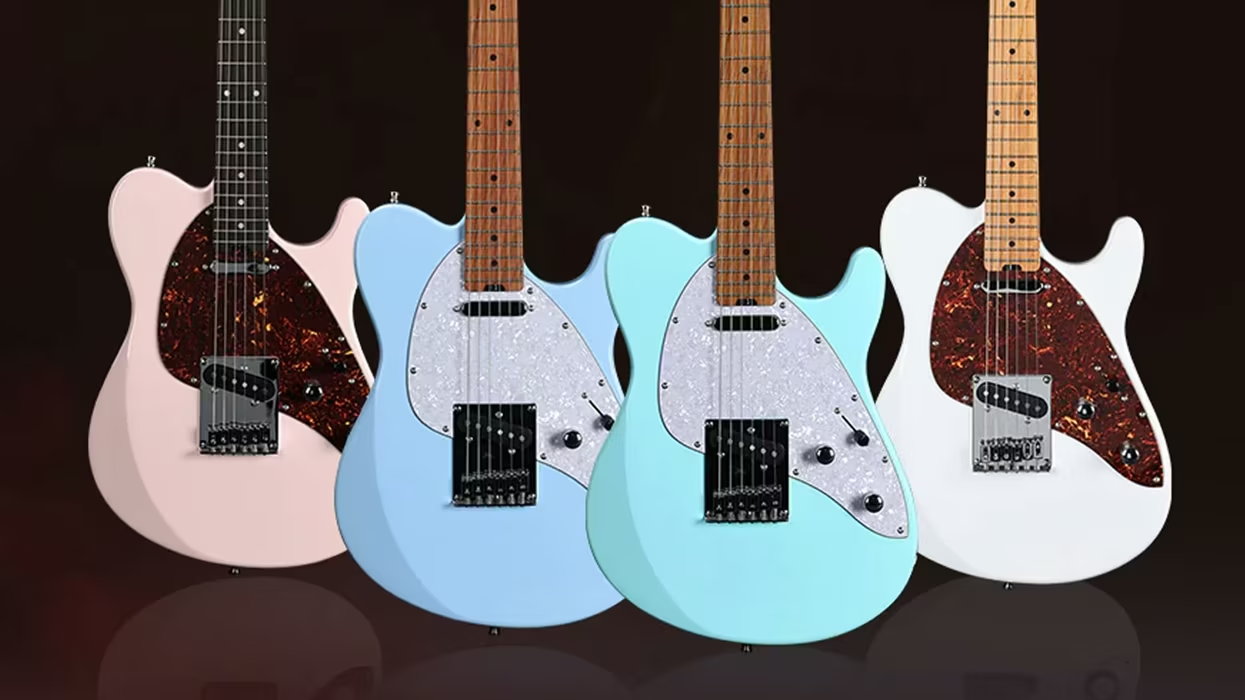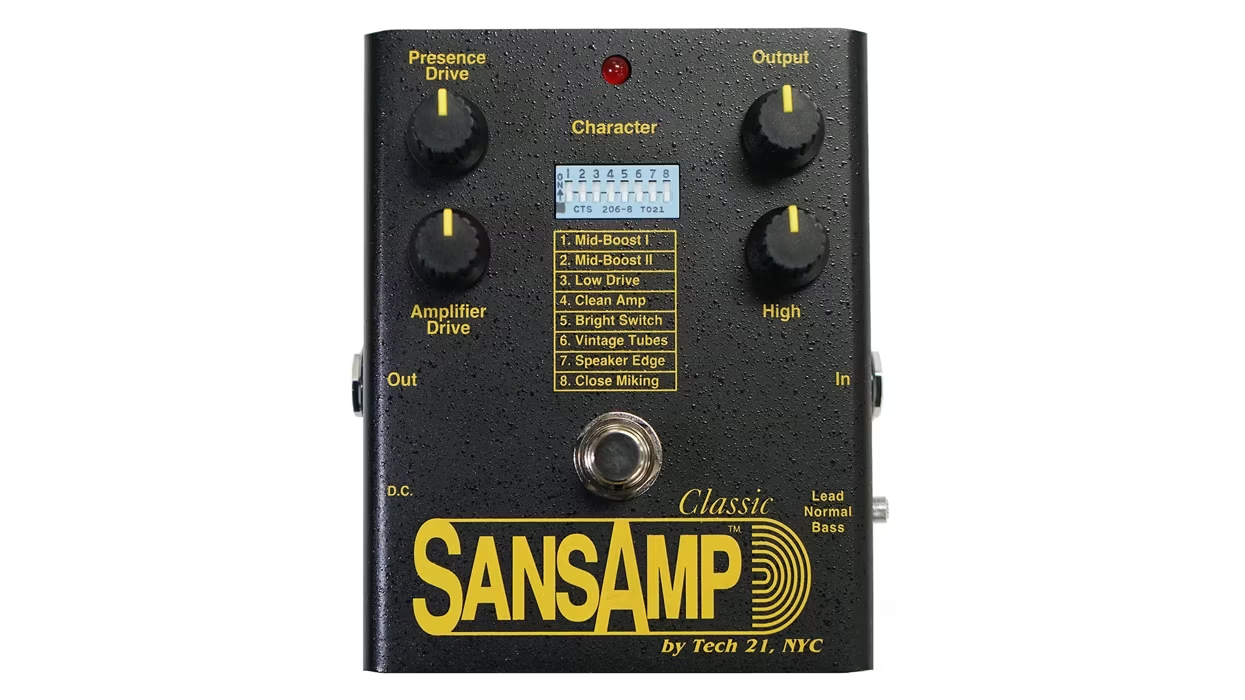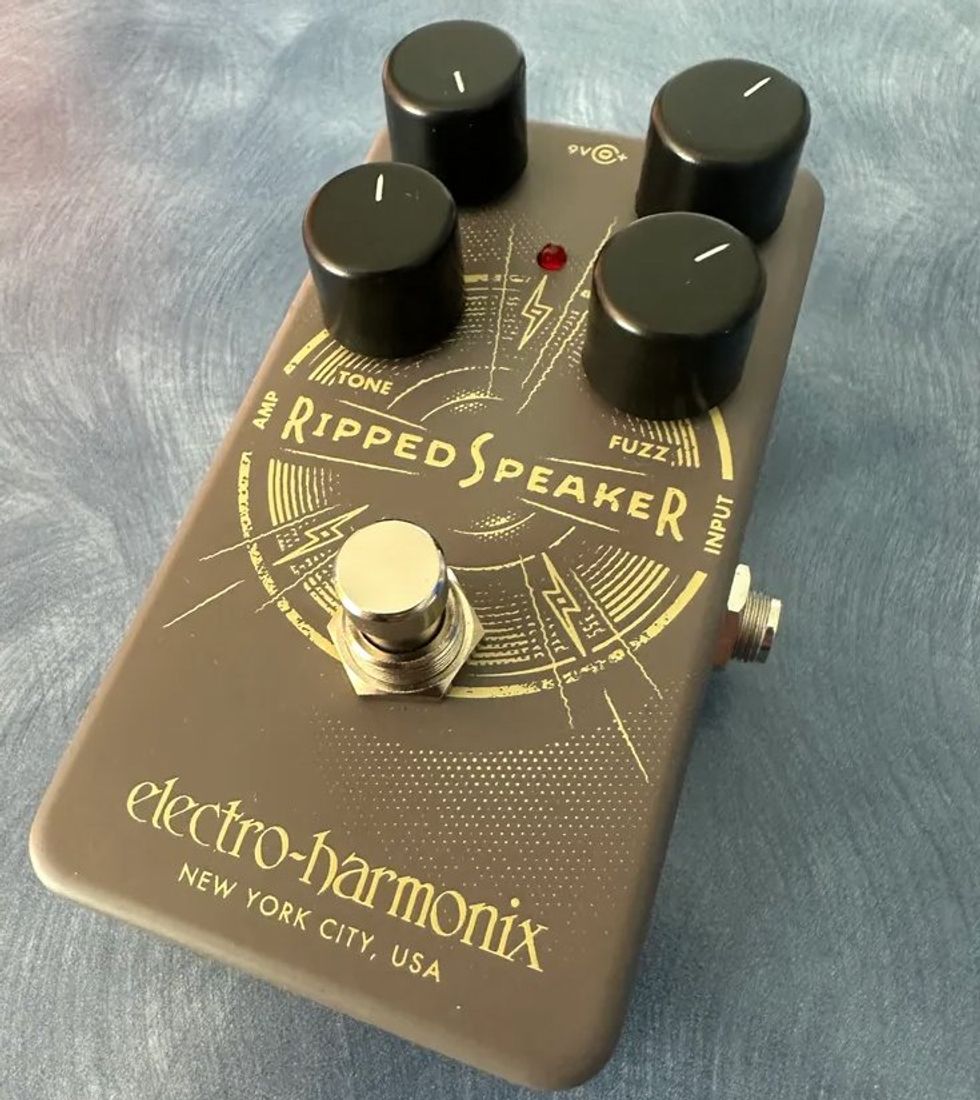Chops: Intermediate
Theory: Beginner
Lesson Overview:
• Learn how to combine different versions of the same chord.
• Create single-note riffs that outline a chord progression.
• Understand how to juggle rhythms and timbres to avoid cluttering up the sound.
Click here to download a printable PDF of this lesson's notation.
Layering guitar parts is a skill every guitarist should explore. Whether you’re recording an album, looping live onstage, or are lucky enough to compose for a multi-guitar ensemble, knowing how to stack lines, figures, and phrases without cluttering up the music is equal parts art and science. In this lesson, we’ll discuss how to keep all the parts distinct by using different registers and rhythms, as well as variations in timbre and attack.
Let’s start with something simple: two guitars playing the same chord progression but using different voicings (Ex. 1). This is a common practice of Led Zeppelin’s Jimmy Page, who not only doubles the progression with two different parts, but then duplicates and layers those two parts several more times. Often what sounds like one fat, fabulous chord is in reality as many as 12 guitars playing the same thing! Ah, the magic of multitracking.
Click here for Ex. 1
Ex. 2 demonstrates an approach used throughout the ’80s and ’90s by such Britpop bands as the Cure. The example contains four parts that build the intensity and energy of a simple four-chord song. (You can isolate and audition each part by clicking the headphone icon in Soundslice.) This example also works great in live looping situations.
The example is in the key of F# minor, and each part has a unique role. Guitar 1 is the basic rhythm part that holds everything together—a simple strumming pattern. The syncopated single-note pattern in Guitar 2 plays off various chord tones, and Guitar 3 is a melodic phrase in a higher register that’s enhanced with a few color tones. I’ve added some light distortion to Guitar 4 to help those double-stops stand out in the mix.
Click here for Ex. 2
In Ex. 3 we find a layer of distorted power chords, a second layer of chorused cowboy chords, a phaser-filled hook, and a distorted melody. The tone and timbre of the guitars create an aural landscape that’s full, yet orderly. There’s a place for everything and everything is in its place.
Click here for Ex. 3
Finally, Ex. 4 is something radically different—a string quartet-inspired orchestration. There’s a lot of melodic information packed into these eight measures that complement, overlap, and support. Think of the parts as dancers on a stage, at times moving solo and other times coming together as couples before finally holding hands to rally together to the ending.
Click here for Ex. 4
After working through these examples, I hope you can see the secret to layering lies in having each element stay out of the way of the others. The trick is to use space to give each part its own sonic environment.
Whether you use a multitrack recording device or enlist guitarist friends to play different elements, there’s a way for you to experiment with layered guitar parts and move past the tired “You play rhythm, I’ll solo” mindset. Give it a shot!




